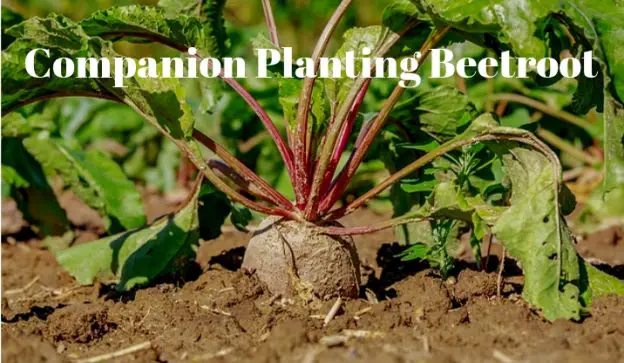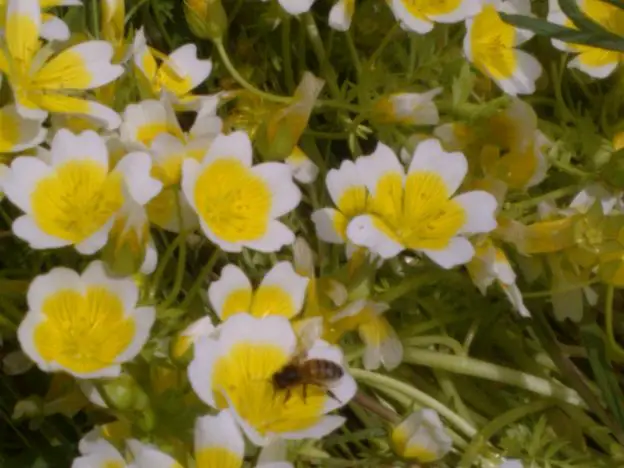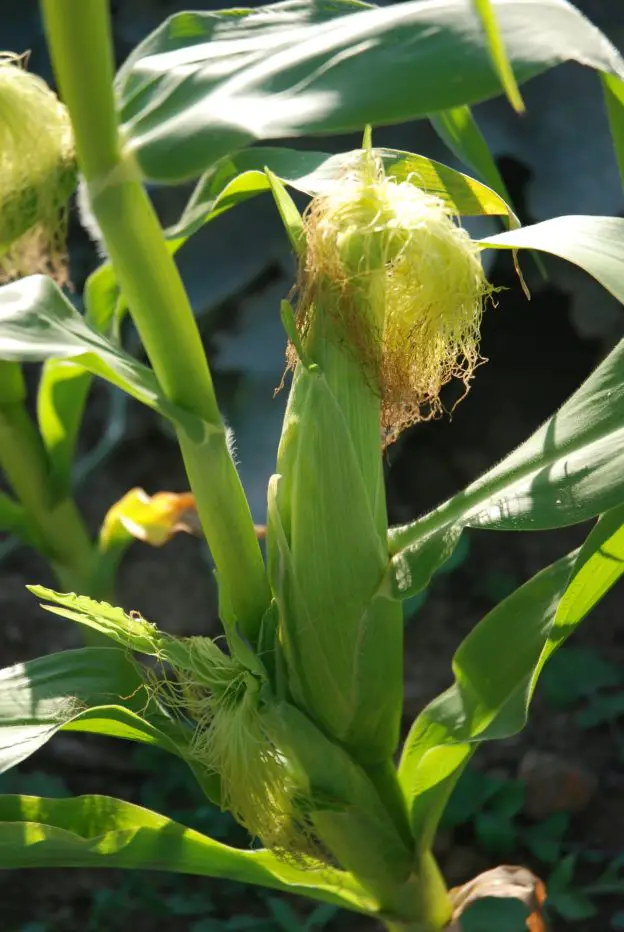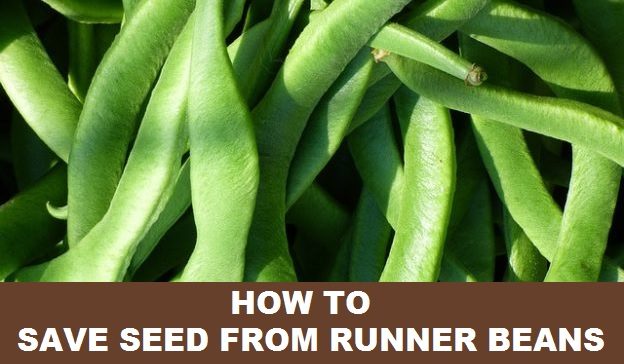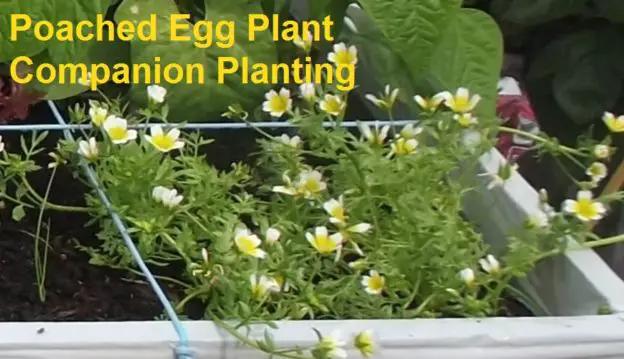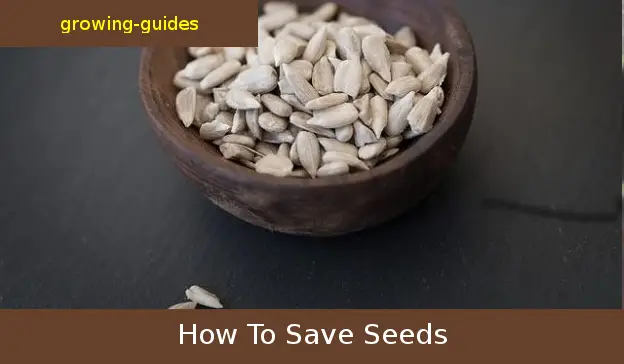How to Freeze Runner Beans Without Blanching
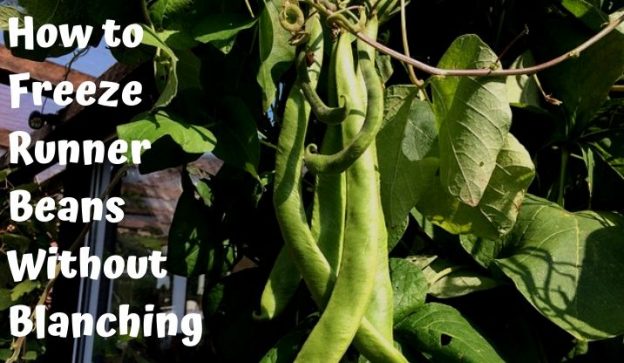
All gardeners will have been faced with this problem at some point in their garden, and to be honest it’s not a bad problem to have. You’ve grown a few runner bean plants and they’ve massively over produced. You don’t have time to blanche them so what do you do? Well here’s the answer to your problem, how to freeze runner beans without blanching. It’s quick, simple and saves wasting all those wonderful runner beans you’ve grown. This easy step by step guide is all you need to freeze runner beans (as long as you have a freezer). How to… → Read More


